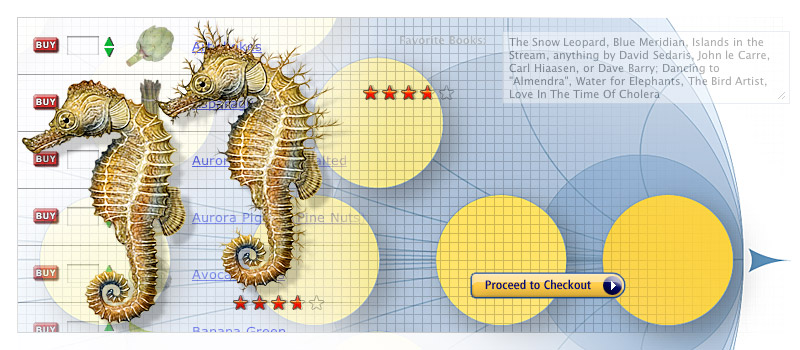- book contents
- chapter contents
- previous page
- next page
10 Forms and Applications
Everything should be made as simple as possible, but not simpler.
—Albert Einstein
Web interaction today has moved beyond clicking hyperlinks and completing form fields to working with full-blown web applications that provide a range of interactivity, including inline editing and drag-and-drop file management. The web has become a two-way street, with users as both consumers and active participants.
And as users take a more active role in web interactions, so demand increases for more dynamic graphical user interfaces. In some ways, we are in the same phase with web interaction as we were with visual design a few years ago: working around the limitations of the web environment by introducing new technologies and practices that, though not universally supported and usable, allow for better methods for designing more usable interfaces. And users have come to expect a certain level of sophistication in web interaction, greeting simple, link-driven interaction designs with the same scorn as with first-generation, text-only web pages.
We hope the coming years will bring the same technology growth and stabilization as we have enjoyed in the area of visual design, which produced web standards, accessibility, and the separation of content and presentation through the introduction and support of Cascading Style Sheets. In the meantime, we continue to favor well-supported technologies for designing web forms and applications, with more advanced scripting serving only as an enhancement to standard modes of interaction.

- book contents
- chapter contents
- previous page
- next page









